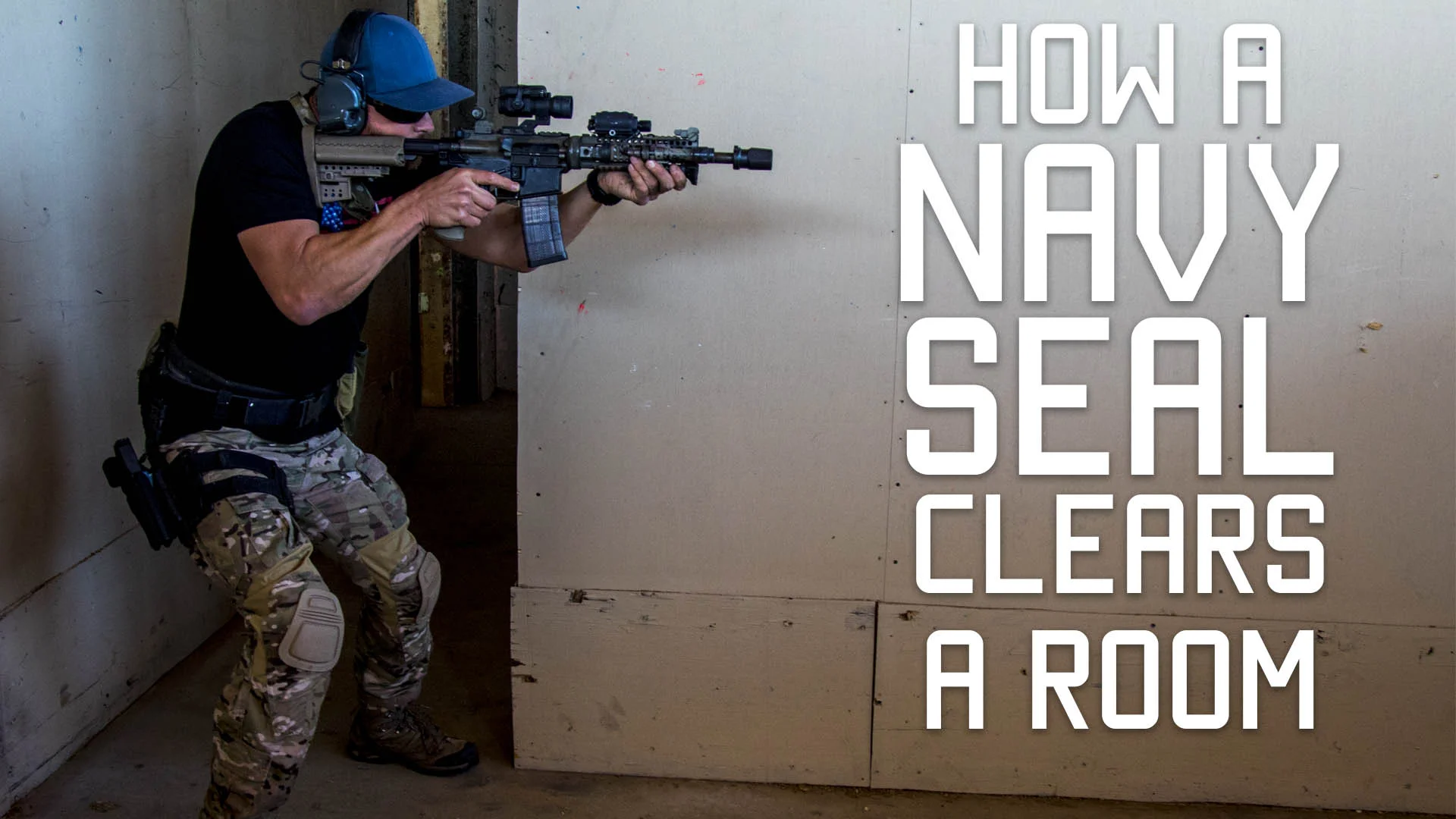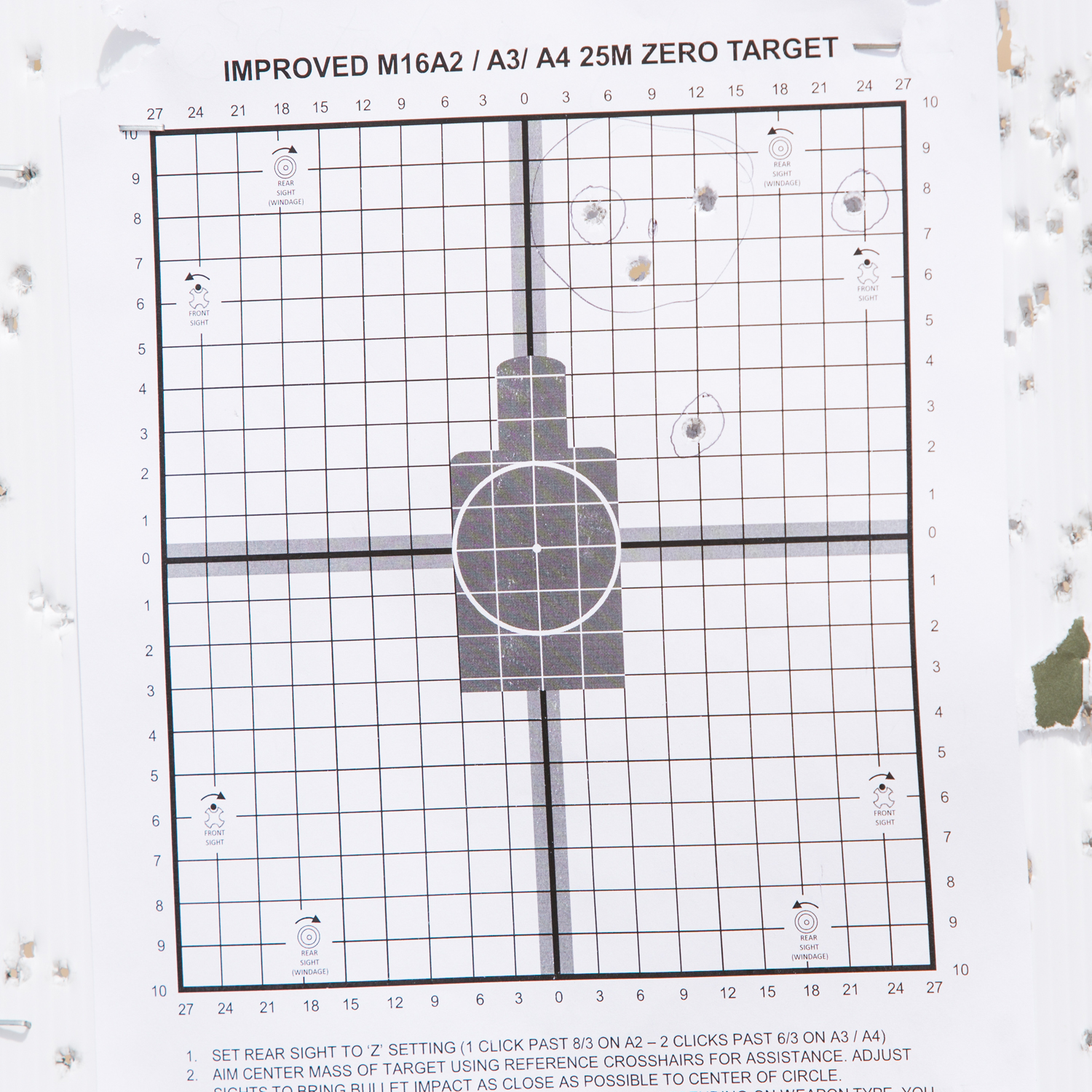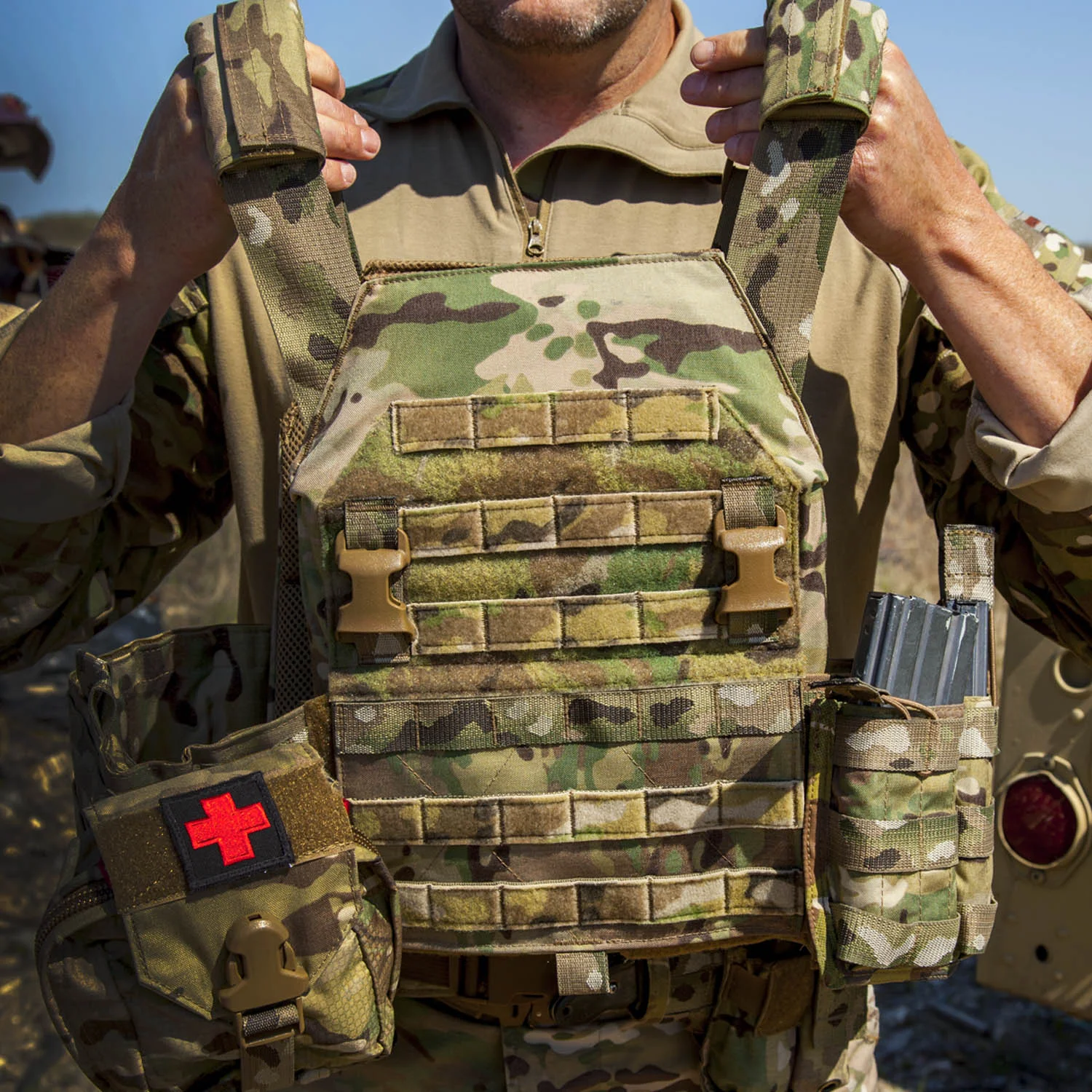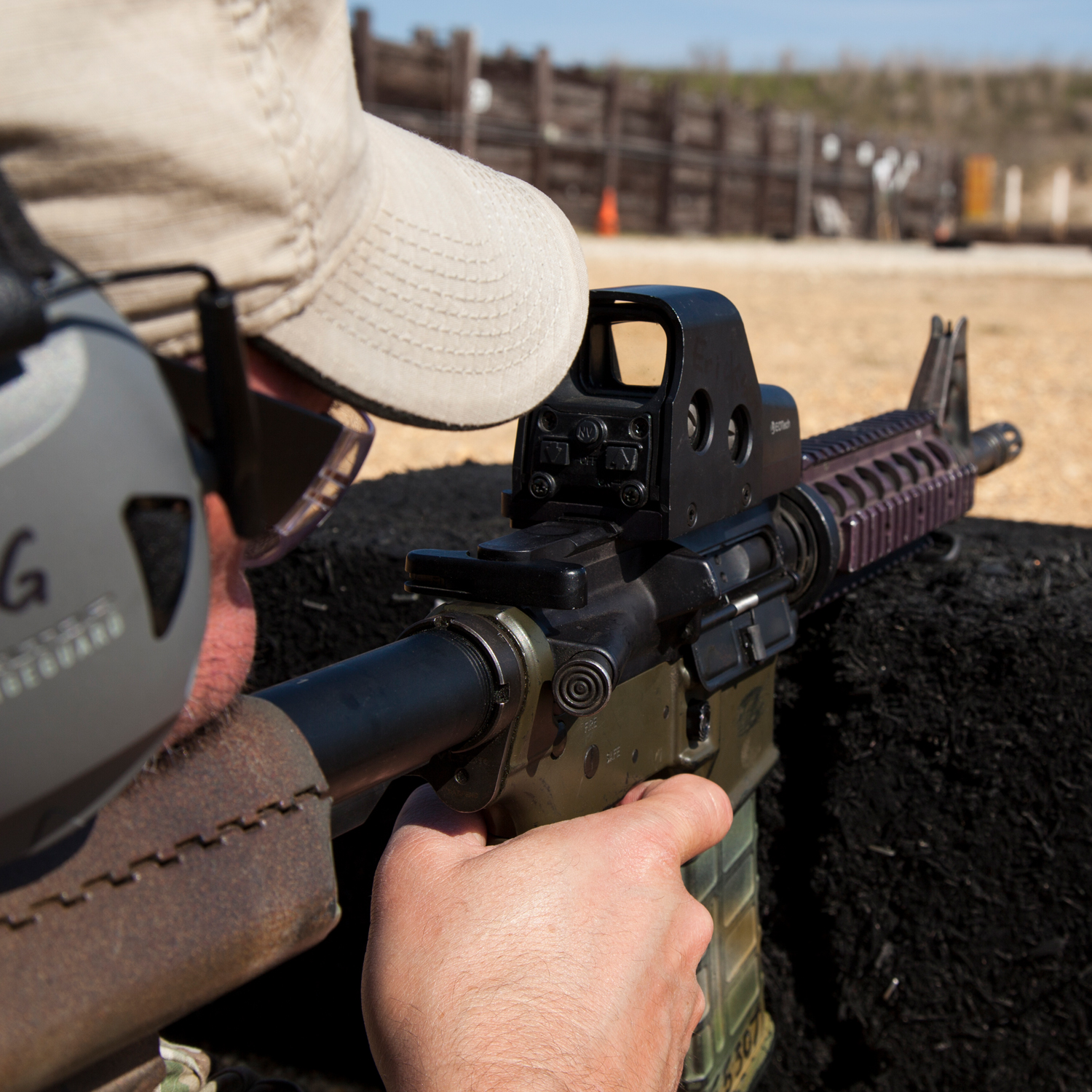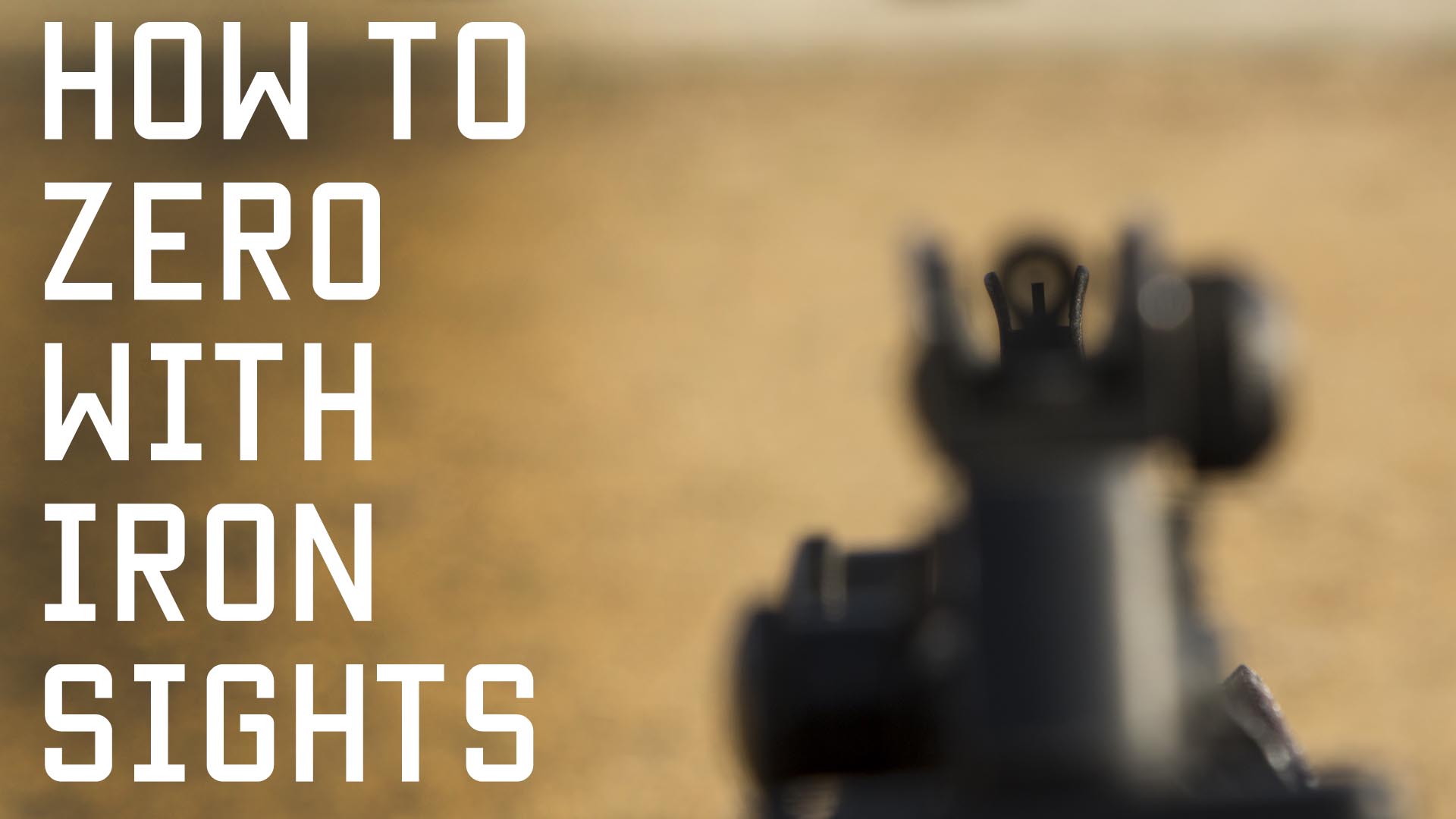DISCLAIMER: This is NOT a TACTICS Video. Jason is ONLY showing tips on Foot-work; for Operators that already have mastered the basics of CQB. ****
This week on Tactical Rifleman we get into a little Close Quarters Combat (CQC) tips and techniques. CQC is practiced over the course of all Special Forces careers and endless hours are spent honing these skills as it is sometimes considered the “bread and butter” of the trade. Operators work tirelessly to perfect this craft and breakdown each phase of an assault as to increase their performance from one kinetic operation to the next. In this video, former Navy SEAL and owner of Arion Risk LLC shows us a simple hack to optimize efficiency of movement into a space. Although it may seem like common sense, even the entry through a doorway is thought about and practiced. The way in which an operator initially enters a space is just as important as their action within. An operator has to be on balance through all phases of an entry in order to take a well-placed shot regardless of target position. A simple calculation of foot placement and entry procedures can be the difference between a well-aimed and balanced shot and a miss. The technique shown in this video is a testament to the detail with which Green Berets and SEALs practice their trade. So, listen up! This video will forever change the way that you enter a room and may you never be off balance again.
Get the shirt Jason is wearing in the video and help support Tactical Rifleman by purchasing one of our T-shirts, check them out at: https://shop.spreadshirt.com/Tacticalrifleman/men
For more go to http://www.tacticalrifleman.com/
Follow us on Facebook: https://www.facebook.com/TacticalRifleman/
Instagram: https://www.instagram.com/tactical_rifleman/?hl=en
Twitter-http://bit.ly/TACrman


